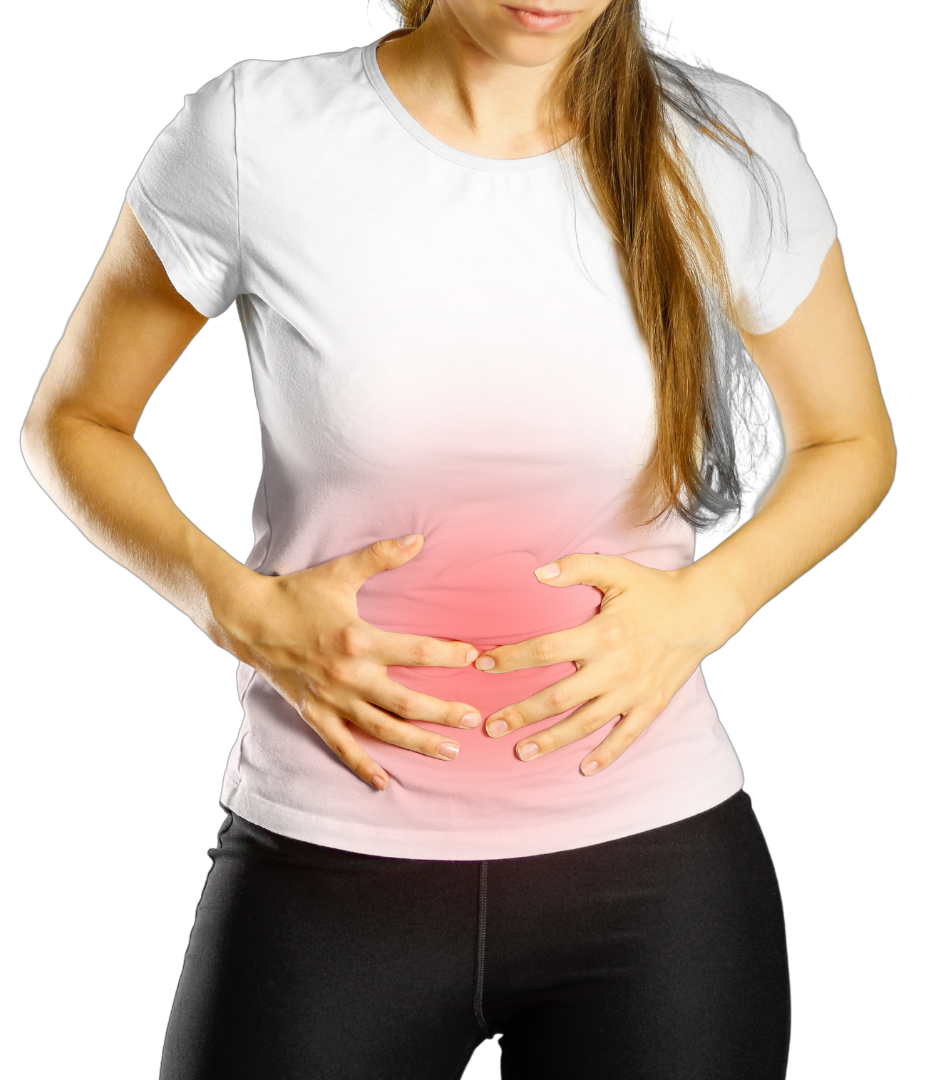Endometriosis
About Endometriosis
The endometrium is a tissue that normally lines the inside of your uterus. Endometriosis refers to the chronic condition where the endometrium tissue is found in the ovaries, fallopian tubes or other parts of the uterine cavity. This results in pelvic pain and infertility in most conditions. This chronic pelvic pain may range from episodic pain during the mid and end cycle to daily refractory lower abdominal pain, radiating into the back and the legs.
What Causes Endometriosis
The cause of Endometriosis is determined by a few different theories. In retrograde menstruation, there is a reflux of blood backward from the Fallopian tubes during menstruation, this causes the endometrial cells to stick and grow at another location. Some other theories suggest a cell transformation of estrogen into endometrial cells, immune system disorders, or the transformation of peritoneal cells. Regardless of the cause, all theories refer to the same problem of endometrium tissue that is found in a problematic location.

Symptoms Of Endometriosis
Pain
Excessive bleeding
Other Symptoms
A Message About Endometriosis
During the initial presentation of Endometriosis abdominal pelvic pain, simple painkillers such as steroidal or non-steroidal anti-inflammatory may be helpful with the pain. But once it becomes a chronic pain condition, these painkillers become ineffective as the pain nerves become sensitized and take on an element of nerve-type pain.
In severe Endometriosis pain, we need to target at the nerve, to stop the pain cycle. Medications such as nerve stabilizers may be helpful in these patients. In selected patients, we may need to desensitize the pain nerves using pulse radiofrequency ablation of the respective nerve plexus.
Diagnosing Endometriosis
Here at Singapore Paincare, our team of experienced primary care and specialist pain care doctors, together with your Gynecologist will conduct a thorough diagnosis. This includes a physical exam, questions about your symptoms and an evaluation of your medical history. An MRI scan may be needed to evaluate or confirm the exact location of the pain.
What Treatments Are Available for Endometriosis?
In many instances, non-surgical treatment methods can provide excellent outcomes. At Singapore Paincare, we strive to treat your pain with the least invasive option possible after accurately identifying the cause. Our pain resolution approach focuses on removing pain generators via specialised injection and minimally invasive procedures. Combined with pharmacological treatments and cognitive and physical rehabilitative therapies. We help patients to improve their functions and prevent pain from recurring.
Non-Surgical Treatments for Endometriosis
Hormone Therapy
Analgesic or Non-steroidal Anti-Inflammatory Drugs
Analgesic drugs or NSAIDS are effective in eliminating the pain caused by endometriosis, this includes paracetamol and ibuprofen. Newer COX-inhibitors such are potent anti-inflammatory with fewer gastric side effects.
Pharmacotherapy
Apart from NSAIDS, our physicians and specialists offer medications to improve menopausal pain such as antidepressants and anti-convulsant. Some of the medications help to reduce the pain. Depending on the condition, a gonadotropin-releasing hormone may also be introduced by our doctors to suppress the endometriosis relating symptoms.
Myospan Injection of Platelet Rich Plasma (PRP)
PRP is used to hasten the recovery of muscles and is also used to treat related musculoskeletal problems (such as abdominal spasms of the rectus sheath), these healing properties can also be applied to patients with fibromyalgia.
Coreflex Injections
Cortisone is a steroid that is used by our medical doctors to treat inflammation as well as to provide an effective nerve block. It is a form of anti-inflammatory which can be used to relieve pain quickly. This simple intervention provides immediate relief without significant risks. In general, if one should need repeated injections (more than 2 times), further evaluations with MRI investigations may be warranted before more injections are administered to the painful area.
Desensitization of Pelvic Nerve Plexus
The use of pulsed Radiofrequency desensitization of the pelvic nerves from Lumbar and Sacral plexus (L1 – S4 and hypogastric plexus) has provided good relief. The nerves are “blocked off” and made less sensitive transmission of pain signal. Once the pain cycle has been broken, the pain is less intense and less amplification of central sensitization of pain.
Surgical Treatment for Endometriosis
In the case that all methods are exhausted, surgery may be recommended only if you are a suitable candidate. As surgery always comes with associated risks, complications and downtime, it may not be suitable for everyone. You should carefully weigh the decision before deciding to go under the knife by considering the pros and cons of both non-surgical methods and surgical reconstruction.
Surgical treatment
How Can I Prevent Endometriosis?
While you can’t prevent endometriosis, you can reduce your chances of developing it by reducing the amount of estrogen in your body. You can keep your estrogen levels low by:
- Hormonal birth control
- Regular exercises
- Keeping a low body fat percentage
- Avoid large consumption of alcohol
- Avoid large consumption of caffeinated beverages
Get Your Pain Resolved
Send your enquiries or consult our pain experts today.


